Louvre Museum: Explore Paris’s Most Famous Museum
Musée du Louvre is one of the most impressive museums I’ve visited. The Louvre Museum holds many of Western Civilization’s most famous masterpieces, including the Mona Lisa by Leonardo da Vinci.
On my solo trip to Europe, I got a chance to visit Paris, and the Louvre was my first stop. In this article, I’d like to share my insights and tips for visiting the museum.
The article includes the following sections.
- The history
- Architecture
- Exhibition sections
- Amazing things to see
- Travel tips (how to get there, time to visit, entrance fee, where to eat, and more)
How to visit the Louvre
The museum is huge and has several artworks that are worth seeing. So, it can be overwhelming if you’re visiting the Louvre Museum for the first time.
Here are some tips to make the best of your visit.
- Don’t try to see everything in one day.
- Make a list of what you’d like to see.
- Take a virtual tour and do your research first. Then, you can visit the museum’s website for more information.
- Avoid peak hours (weekdays and the first Sunday of the month).
- Buy tickets online.
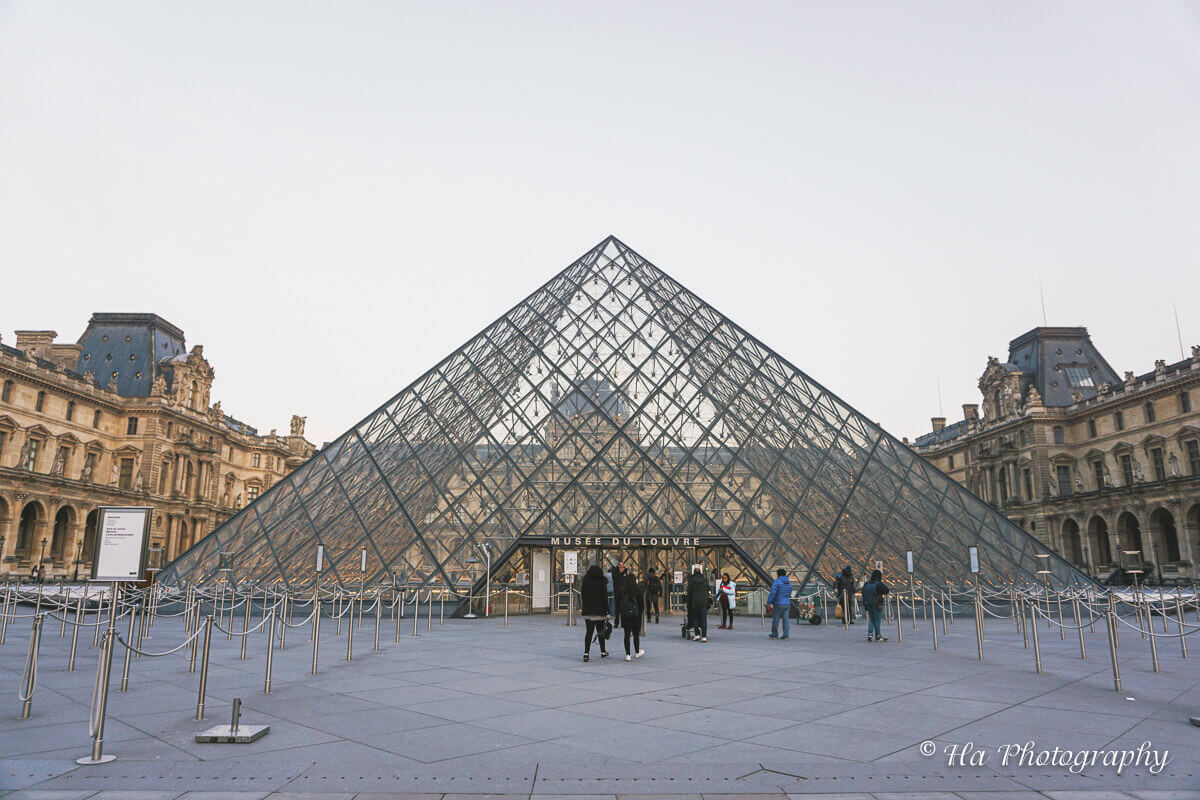
History of the Louvre Museum
Musée du Louvre went through several stages of construction.
It was originally a fortress built by King Philippe II in 1190 to protect Paris against Viking raids. Then in the 14th century, under Charles V, the Louvre became a royal palace and then continued to expand through the dynasties.
In 1793, the Louvre became a national museum.
After many expansions and remodeling, in 1989, the museum was put into operation and opened to the public to visit.
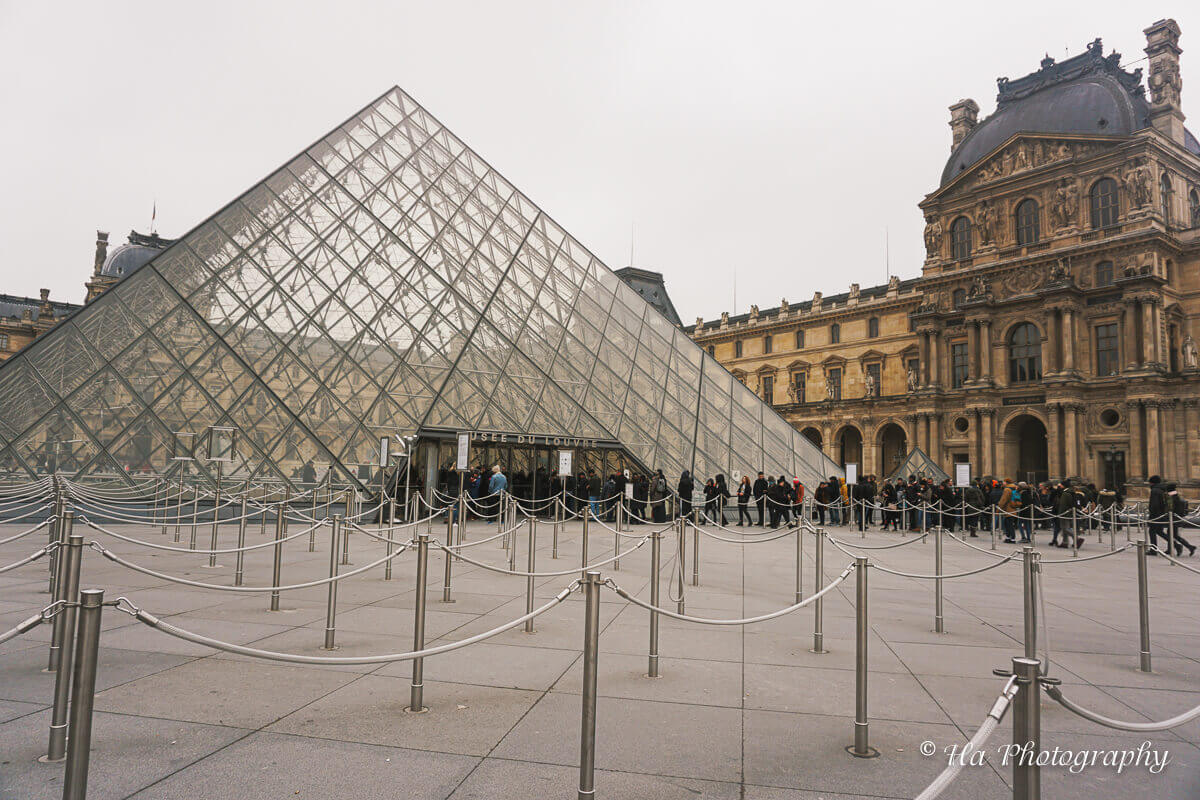
The Louvre architecture
The Louvre has a total area of 210,000 m2, of which the area to display works of art is 60,600 m2. In 1989, I M Pei designed a glass pyramid and added it to the central courtyard.
Its structure consists of 3 wings: Devon Wing (South), Sully Wing (East), and Richelieu Wing (North).

The Louvre’s exhibitions
Currently, the Louvre museum has eight exhibits corresponding to 8 display sections.
- The Ancient Oriental Exhibition – a place to introduce and display artifacts from 8,000 years BC to the Islamic era about the ancient civilizations of the Middle – Near East countries
- Ancient Egypt display – a place to introduce artifacts of the Nile civilizations, from prehistoric times to the Christian period
- Ancient Greece, Rome, and Etruria Gallery – an introduction to the works and artifacts of three civilizations: Greece, Rome, and Etruria from the Neolithic period until about the 4th century AD commonwealth
- Islamic Art Gallery: showcases Islamic-inspired artifacts and collections
- The Painting section: introduces all schools of Western Painting from the 13th to the 19th century.
- The Sculpture section introduces medieval, Renaissance, and modern sculptures.
- The Art Exhibition section: introduces works of drawing on paper, pastel paintings, miniatures, etchings, lithographs, handwriting, wood and leather works.
- The Decorative Arts section: artifacts such as jewelry, watches, carpets, etc., from the Middle Ages to about the first half of the 19th century
In addition to the eight collections above, the Louvre also has a historical gallery of the palace itself and a group of Asian, African, American, and Oceanian art.

Amazing things to see at the Louvre Museum
One of the biggest problems when visiting the Louvre is that there’s too much to see! Here are some highlights.
1. The glass pyramid
This iconic pyramid was designed by architect Ieoh Ming Pei and opened in 1989. The construction has 675 panes of glass that led in a large amount of natural light to the interior space.
The detail of the glass pyramid at the Louvre shows the intricate overlaying of individual triangles of glass over a heavy aluminum structure. Its modern look adds an interesting angle to the former palace.
Take a closer look at the pyramid when you get there.

2. Mona Lisa (Denon Wing, Room 711)
The Louvre houses thousands of priceless art masterpieces, but perhaps the most famous is the painting La Gioconda (Mona Lisa) by Leonardo da Vinci.
The portrait was acquired by King François I and became one of the first paintings displayed in the Louvre when the museum opened.

Wade through the crowd and push forward to see this masterpiece. Ask yourself: Is she smiling? Are her eyes following you? Where do her hair end and her face begin? Has an oblivious selfie-taker knocked you over yet?
The Mona Lisa is one of the most famous portraits in the world, painted in oil in the 16th century – the height of the Italian Renaissance.
3. La Victoire de Samothrace – Winged Victory of Samothrace (Denon Wing, Room 703)
The Winged Victory of Samothrace is one of my favorite artworks in the Louvre. It displays the Greek goddess of Victory (Nike) standing on a base resembling a ship.

Created around 190 BC, this anonymous statue was discovered in several broken pieces in the 19th century on the Greek Island Samothrace. Interestingly, the head was never found.
Tips: You can see La Victoire de Samothrace on your way to the Mona Lisa.
4. Venus de Milo (Sully Wing, Room 346)
The Venus de Milo is one of the highlights of the Louvre.
Created around 100 BC, the sculpture of the Grecian goddess Aphrodite reflects the stylization of the late Hellenistic Period. The goddess statue was discovered on Milo island in Greece.
The sculpture’s arms are mysteriously missing, and people still don’t know why.

5. Psyche Revived by Cupid’s Kiss – Canova (Richelieu Wing, Pavillon de Flore)
Psyche Revived by Cupid’s Kiss is another famous sculpture that you can’t miss.
This marble sculpture is a major work by the 18th-century Italian sculptor Antonio Canova. It’s regarded as a masterpiece of the Neoclassical art movement, showing the mythological lovers at a moment of great emotion.
It depicts Lucius Apuleius’s, The Golden Ass, where Cupid revives lifeless Psyche with a kiss.

6. The Apollo Gallery
The Apollo Gallery (Galerie d’Apollon) is genuinely one of my favorite galleries within the Louvre. As soon as I entered the gallery, I felt like I had traveled back in time.
The 60-meter-long Gallery features lavishly painted ceilings and 105 extraordinary pieces, the most famous being the Crown Jewels of France.

7. La Liberté Guidant le Peuple (Denon Wing, Room 700)
The painting Liberty Leading the People demonstrates one of the most important events in French history, the Parisian uprising of July 1830.
It illustrates a strong and inspiring bare-breasted woman, emerging victoriously from a dark and smoky background.

8. The Man Mummy Man
Visiting the Department of Egyptian Antiquities, you can see the Mummy Man. I’ve never seen a mummy before, so it was exciting to observe one.
This well-preserved mummy is a man who lived during the Ptolemaic Period (305 BCE). The deceased’s body was carefully wrapped in strips of linen with a mask that covered the head.
Musée du Louvre Information
Musée du Louvre is one of the most famous museums globally, where displays a considerable number of artworks.
1. How to get to Louvre Museum?
Musée du Louvre is in district 1, in the center of Paris. To get there, you can use public transport.
- Metro: Palais-Royal Musée du Louvre (Line 1 and 7) and Paramides (Line 14)
- Bus numbers 21, 24, 27, 39, 48, 68, 69, 72, 81, and 95 stop in front of the Pyramid du Louvre.
2. The secrete entrance
As the Louvre Museum is a famous tourist attraction, there’s always a line waiting to get in.
However, you can avoid the pyramid entrance and enter through the Carrousel du Louvre mall entrance directly under the museum on Rue de Rivoli.
3. Opening Hours:
- The museum is closed on Tuesday
- Open Thursday, Saturday, Sunday, and Monday: 9 a.m to 6 p.m
- Wednesday and Friday 9 a.m.-9:45 p.m.
- Admission is free for all on the first Saturday of each month from 6 p.m. to 9:45 p.m.

4. Best time to visit the Louvre
If you still want to enter by the pyramid, you can consider these tips
- Get to the museum early in the morning before 9 am
- Visit the Louvre when it opens in the evening (Wednesday and Friday)
- Avoid visiting the museum in the summer (July and August)
5. Entrance fee for the Louvre
The ticket price for the Louvre museum is €15 (at the kiosk) or €17 (online).
However, admission is free for
- People under 18 years old
- 18-26-year-old residents of the European Economic Area (EU, Norway, Iceland, and Liechtenstein)
You should show a residence card or valid piece of ID for free entrance.
If you’re not entitled to free admission, you should book your ticket online in advance or buy Paris Museum Pass. The Pass gives free access to more than fifty museums and monuments in Paris and the Paris region.
For online tickets, you must pick them up in person at the Glass Pyramid entrance.
6. Dining
You can check out the shopping arcade below the Louvre. It has an excellent food court with delicious choices from around the world in a casual setting.
7. The virtual tour
Do you know that you can enjoy the Louvre at home?
The museum offers special virtual tours, where you can visit the galleries and admire the artworks. Check its virtual tour here.
8. Nearby attractions
- Jardin des Tuileries
- Musee des Arts Decoratifs (Decorative Arts Museum)

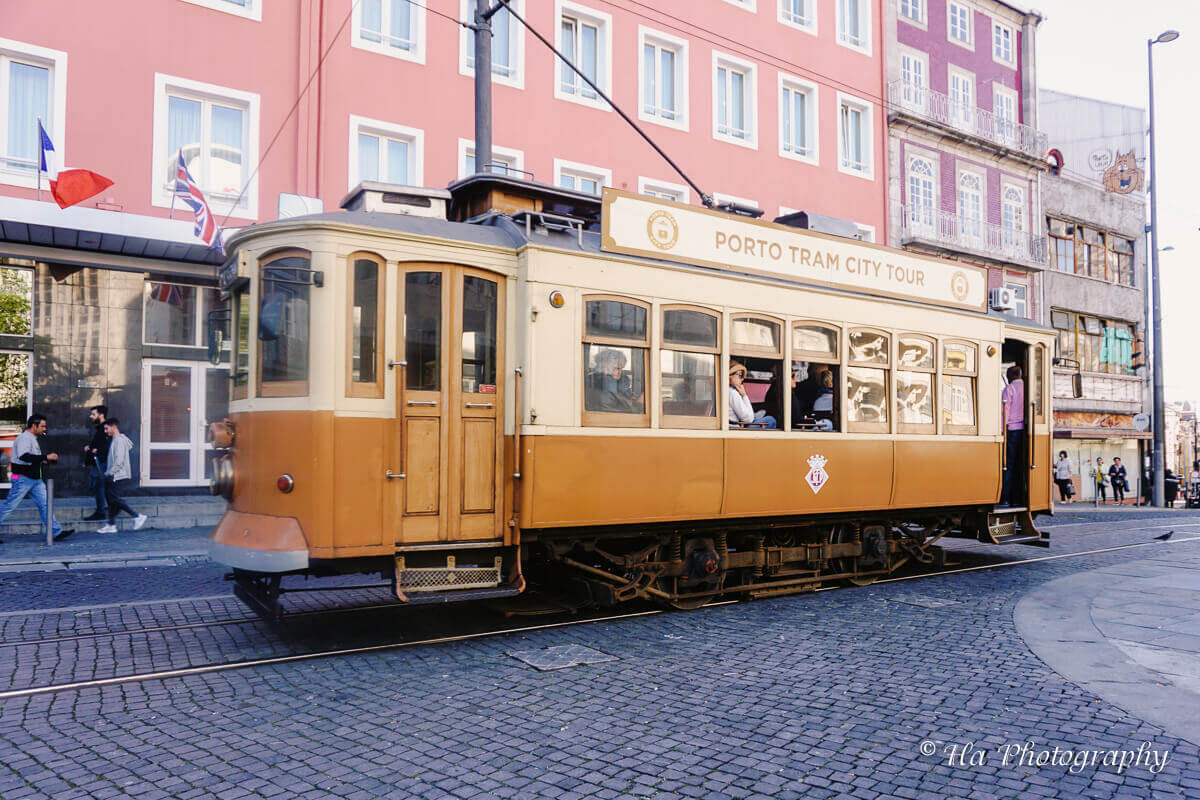
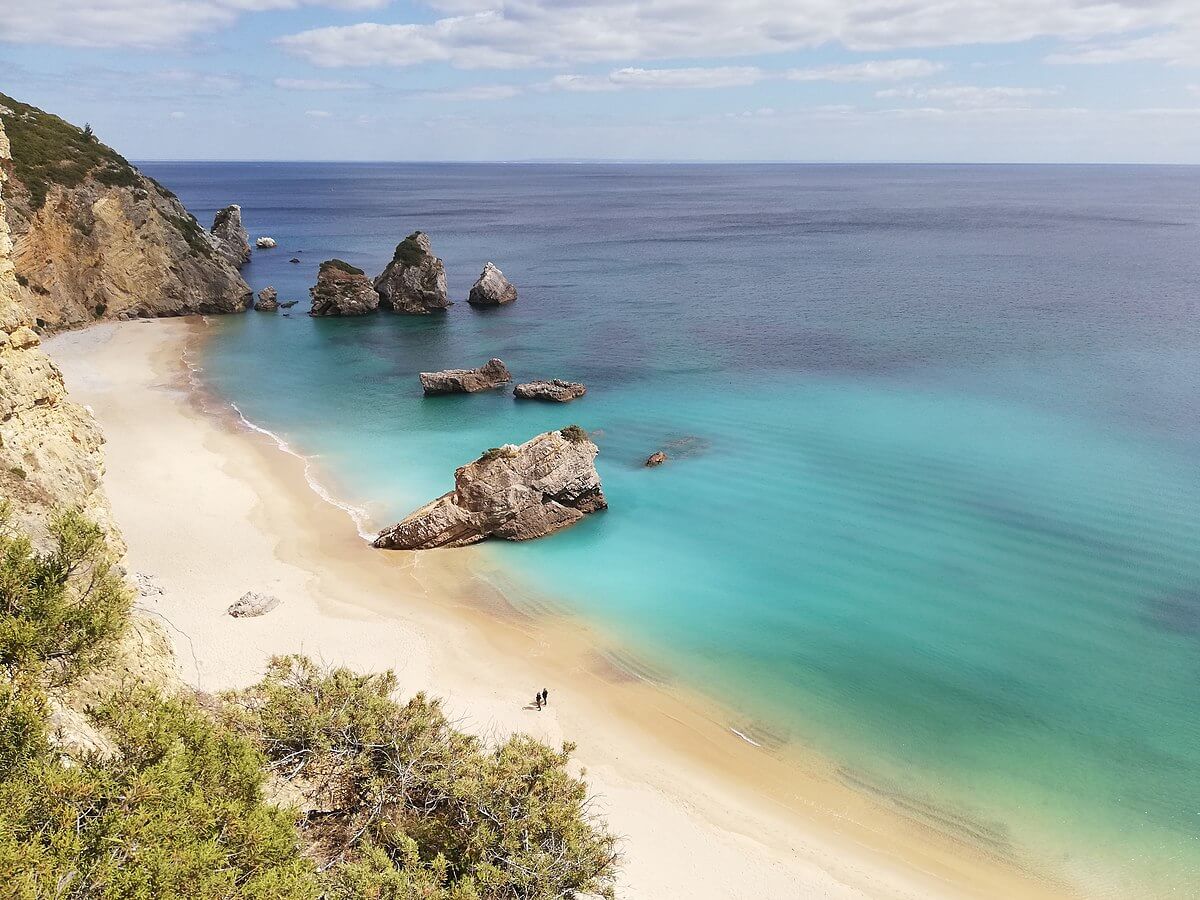
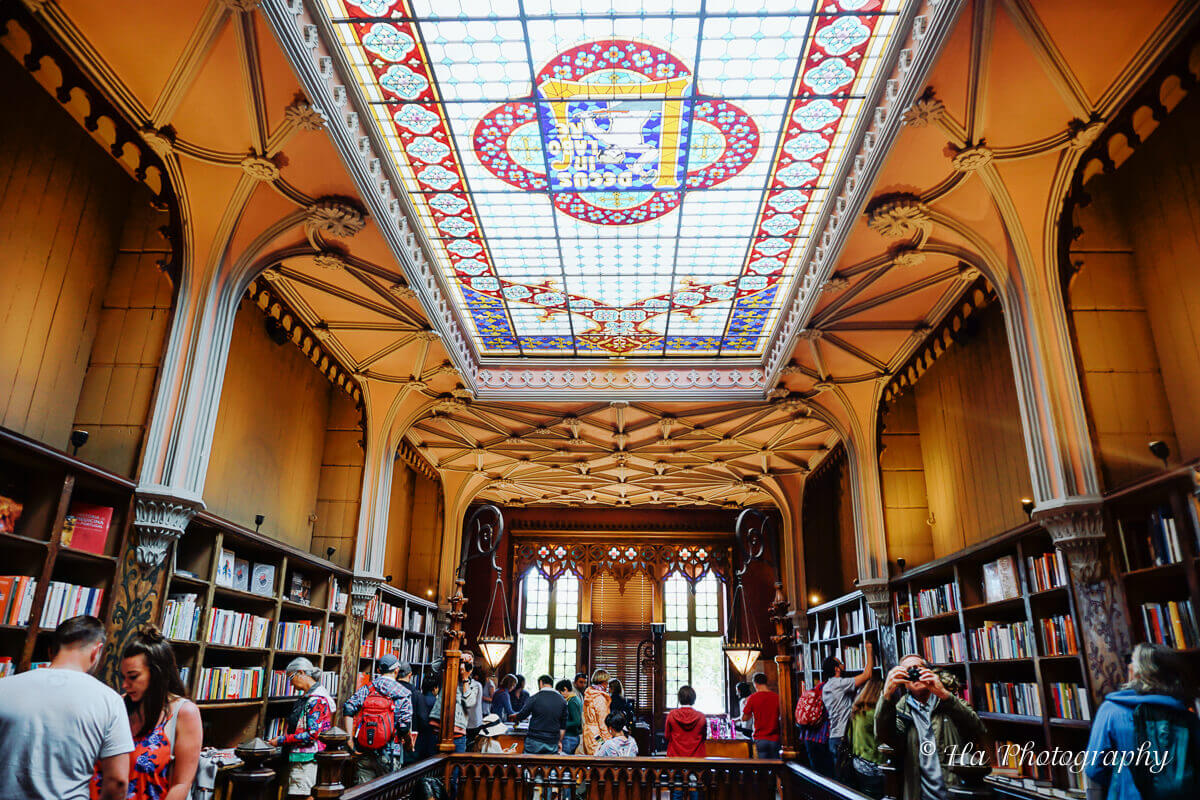


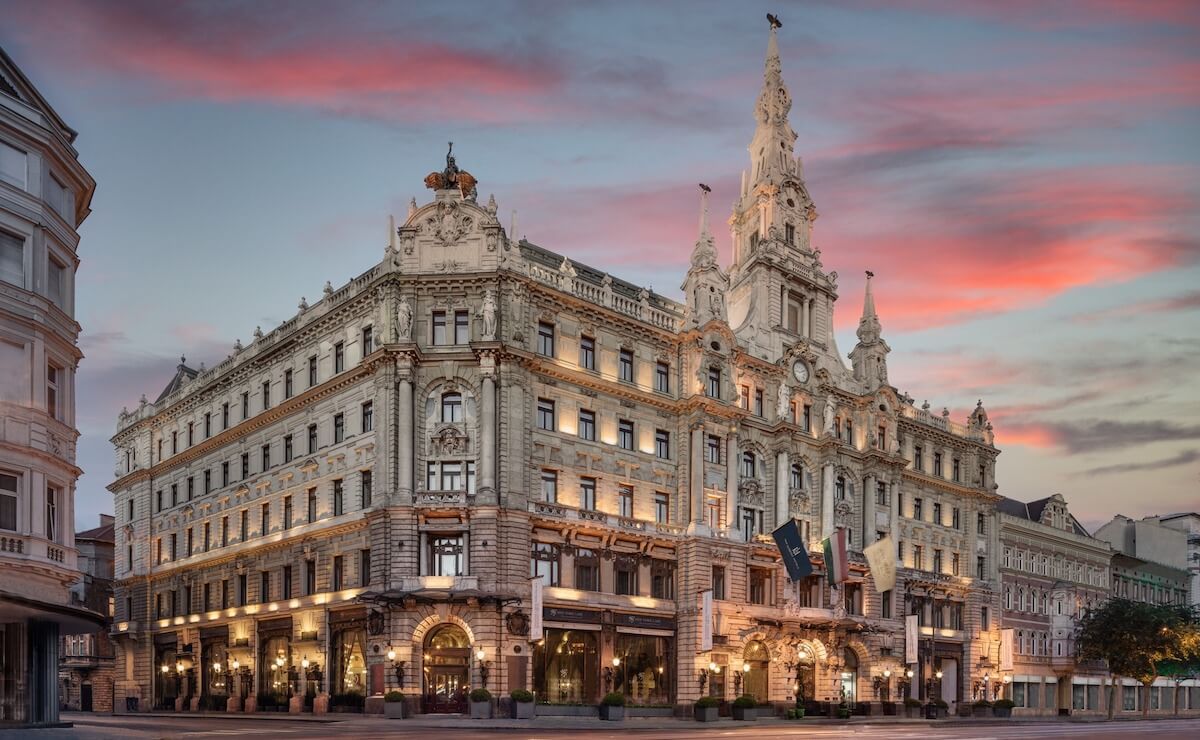
This brought back some wonderful memories, and you definitely highlighted some of the best things to see. I also have a strong memory of being in the decorative arts section and just loving all the Russian religious icons. I would like to explore more for sure!
This is a great guide! Definitely the hardest part about the Louvre is how overwhelming it is – thanks for breaking it down!